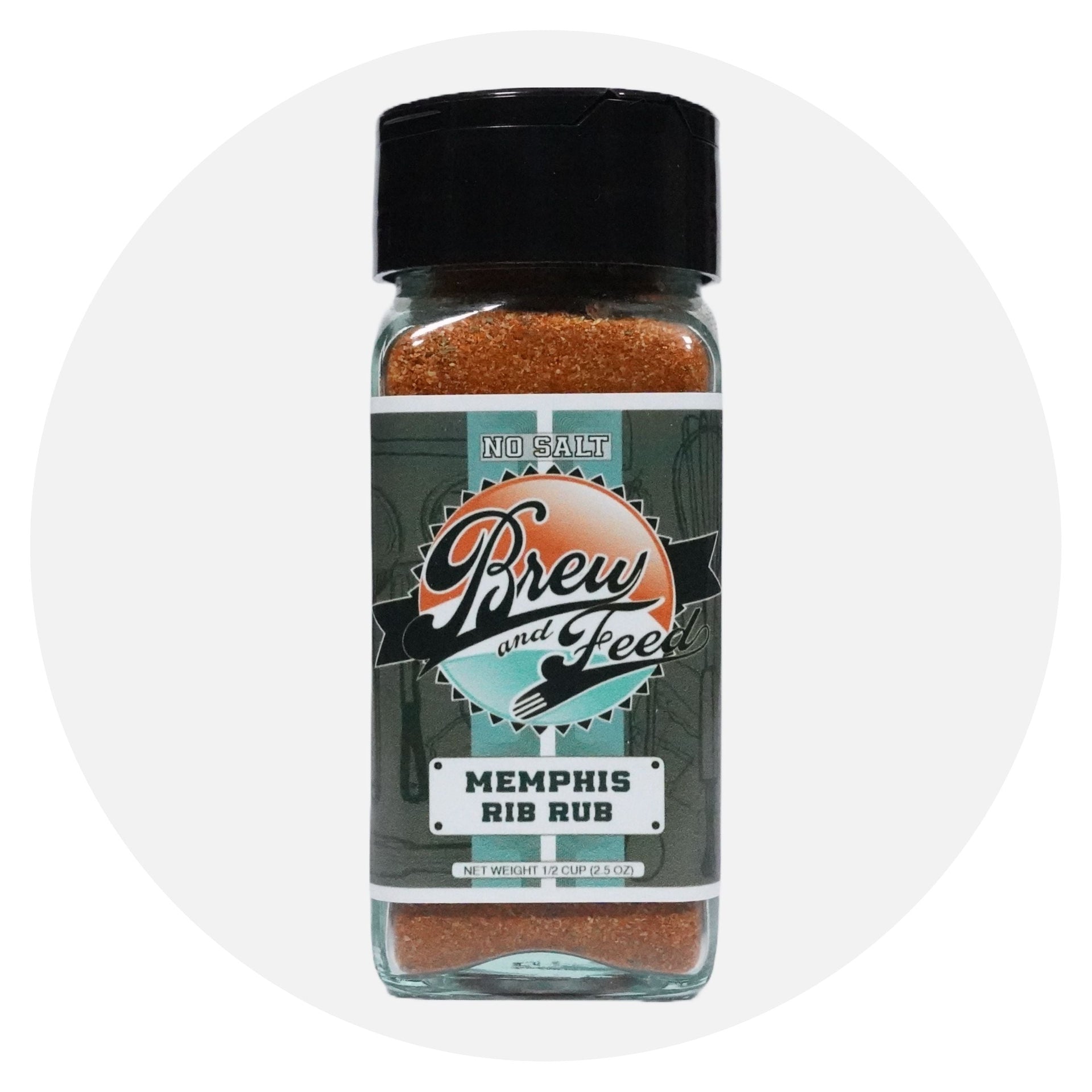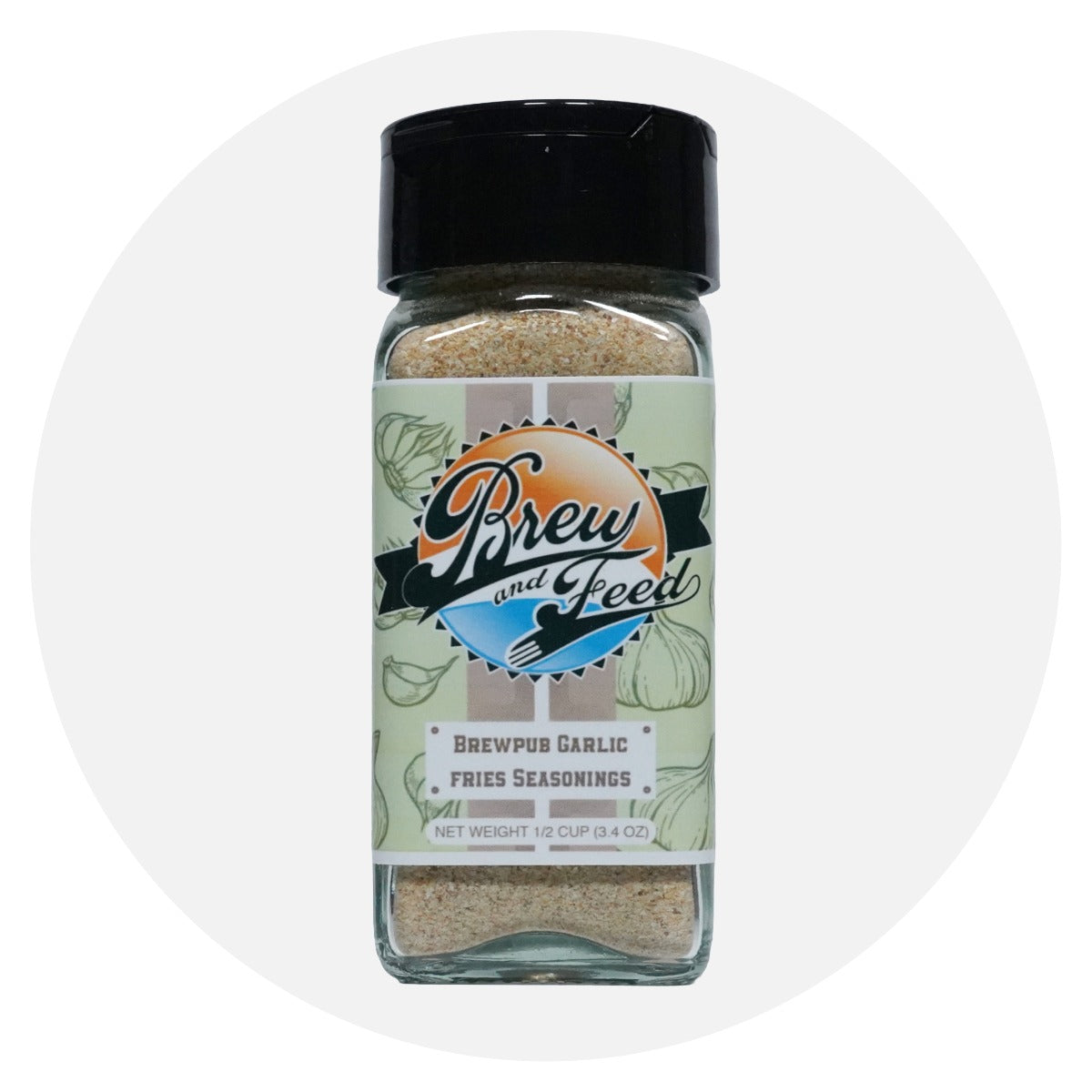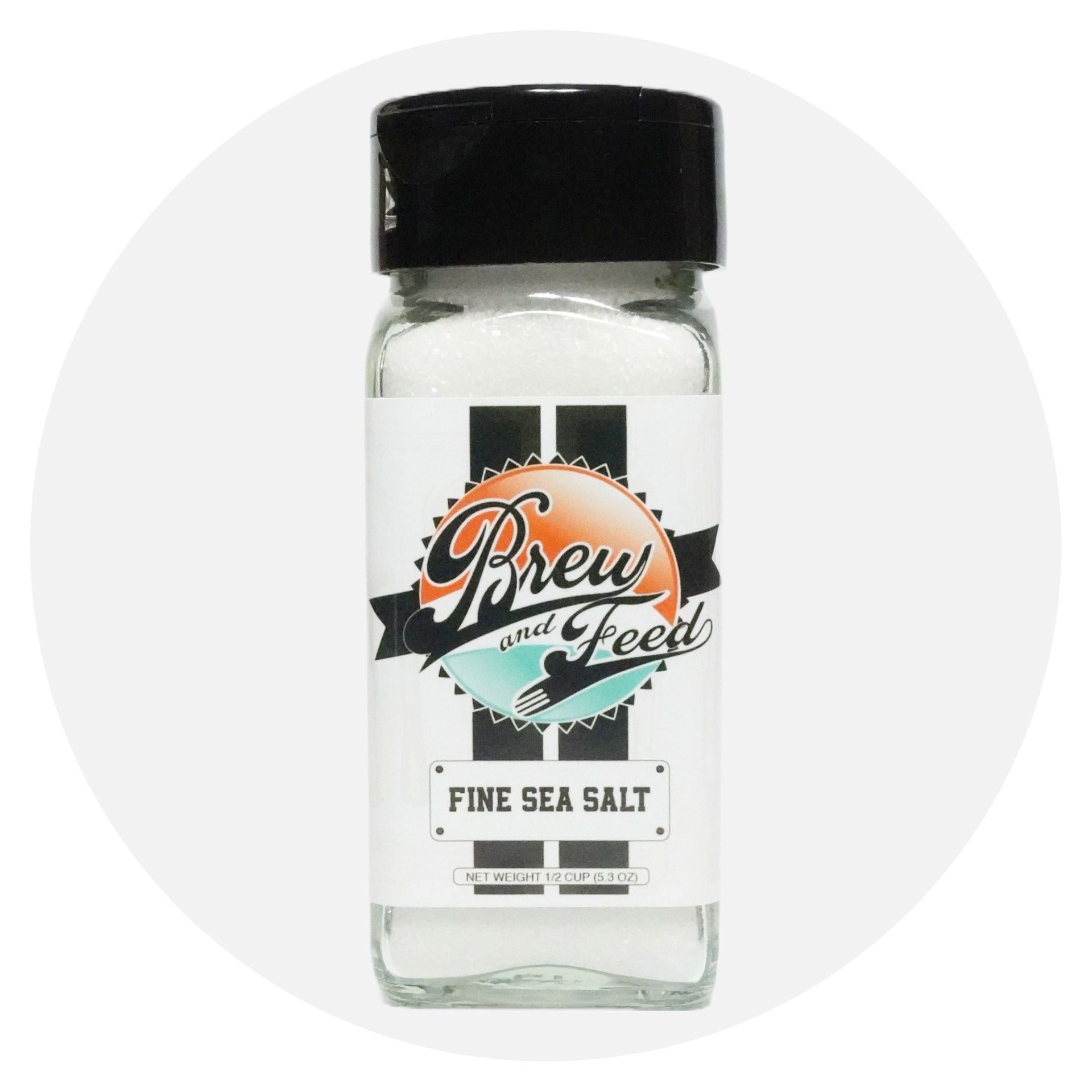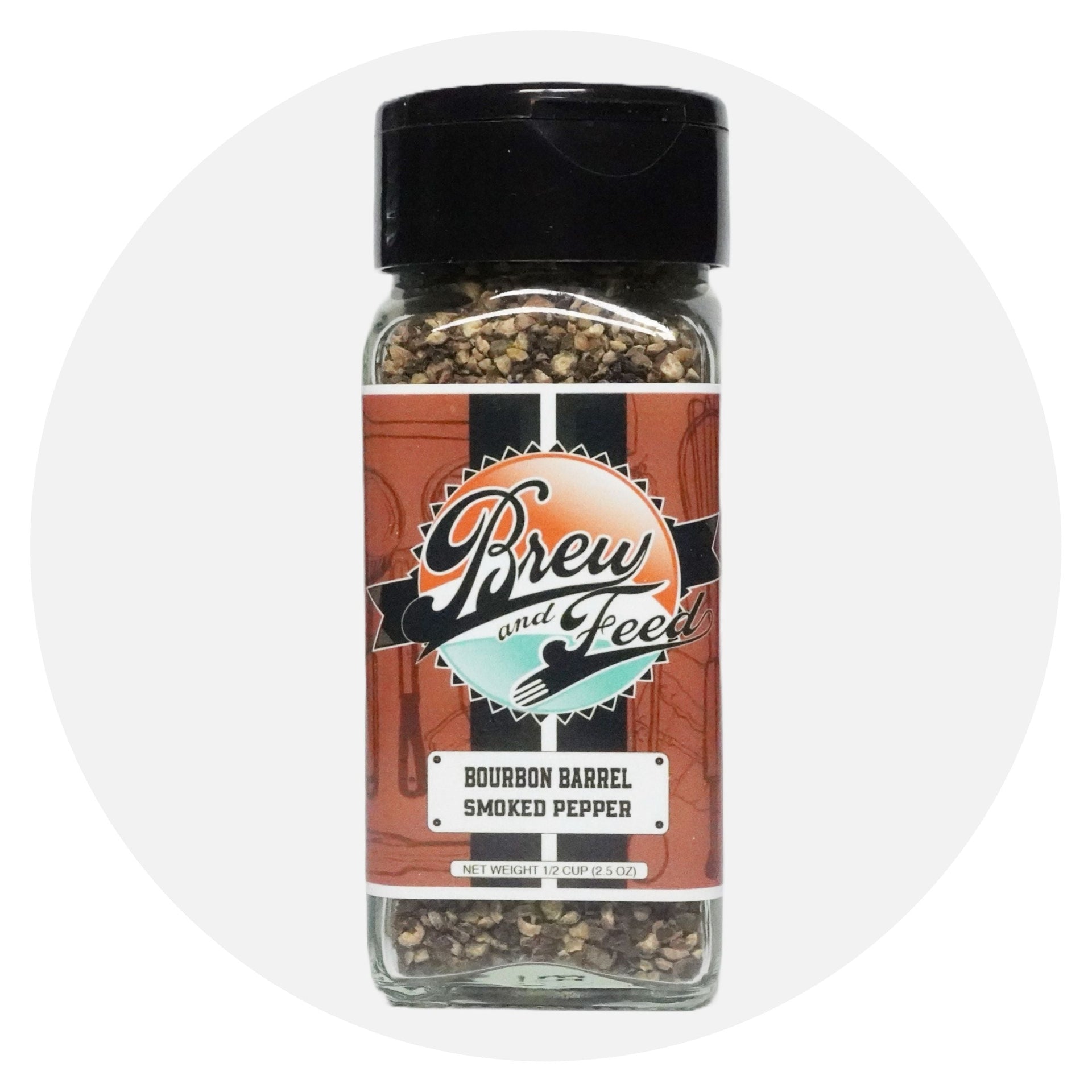
Aromatic Odyssey: Tracing the Rich Tapestry of Spice History
Spices, with their mesmerizing aromas and captivating flavors, have been an integral part of human history, culture, and commerce for thousands of years. These precious gems from nature have shaped civilizations, inspired voyages of discovery, and continue to weave their influence into culinary traditions worldwide. Let's embark on a flavorful journey through the history of spices, uncovering their cultural, economic, and gastronomic significance.
The Ancient Origins of Spices: Spices trace their roots to ancient civilizations where they were valued for their ability to enhance the taste of food and for their perceived medicinal properties. In early human history, spices like cinnamon, black pepper, and ginger were regarded as precious commodities, traded along ancient routes such as the famed Silk Road.

Spice Trade: A Catalyst for Exploration: Spices played a pivotal role in igniting the age of exploration. The quest for these coveted treasures from distant lands spurred the great exploratory voyages of the 15th and 16th centuries. Legendary expeditions led to the discovery of new territories, and in the pursuit of spices, vast empires rose and fell.

The Spice Islands: The Moluccas, also known as the Spice Islands in Indonesia, were a legendary source of cloves, nutmeg, and mace, coveted by traders and explorers. These islands became the epicenter of the spice trade, leading to fierce competition among colonial powers.


Culinary Transformations: Spices have significantly influenced global cuisines, adding depth, complexity, and unique flavors to dishes. The blending of diverse spices created fusion cuisines, such as the Indian masalas, Middle Eastern blends, and the diverse spice mixtures used in African and Latin American cooking.

Medical and Therapeutic Uses: Throughout history, spices were not just valued for their flavor but also for their medicinal properties. They were used in traditional medicine to treat various ailments and were often considered precious commodities for their perceived healing powers.

Modern Influence: In today's world, spices continue to hold sway over culinary arts, with a diverse array available in markets worldwide. They are not just limited to savory dishes; spices are utilized in desserts, beverages, and even in non-culinary products, such as perfumes and cosmetics.

Sustainable Sourcing and Future Trends: The demand for high-quality, ethically sourced spices has led to a focus on sustainability and fair trade practices. There's a growing trend toward organic and locally sourced spices, emphasizing quality and the support of small-scale farmers.

Summary: The history of spices is an enthralling saga of exploration, trade, cultural exchange, and gastronomic innovation. From the early days of spice routes to their integration into modern culinary practices, spices continue to enchant and inspire, connecting us to diverse cultures and histories.
As we savor the vibrant hues and aromatic symphonies of spices in our kitchens today, let's pay homage to their remarkable journey. These fragrant treasures remain an essential part of our lives, binding us to the past and guiding our flavorful explorations into the future. Their story is a testament to the enduring allure and influence of these humble yet extraordinary gifts from nature.




